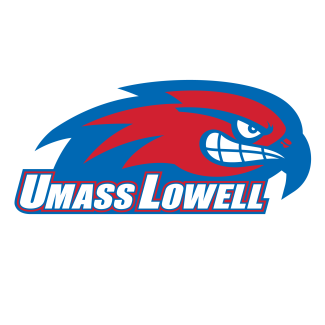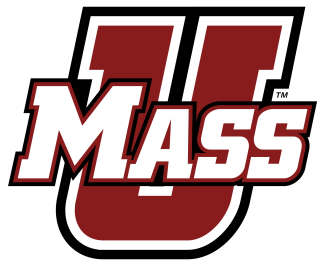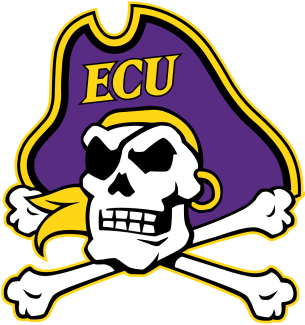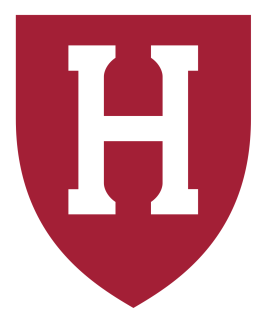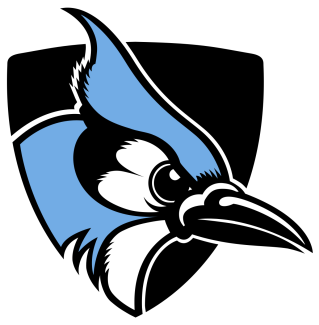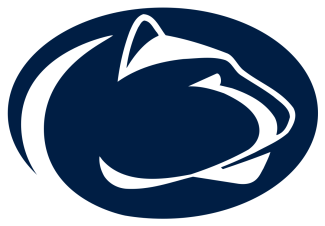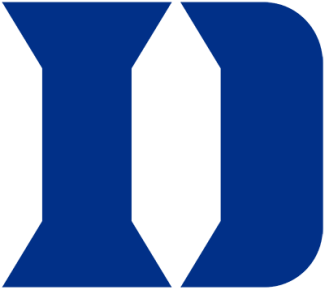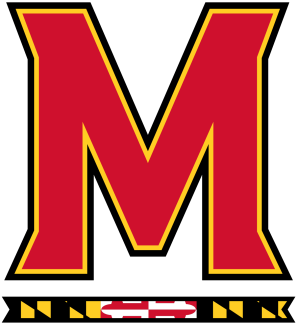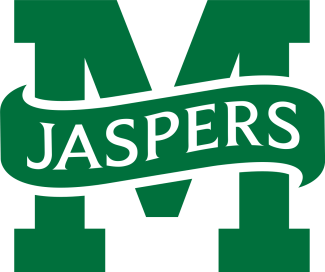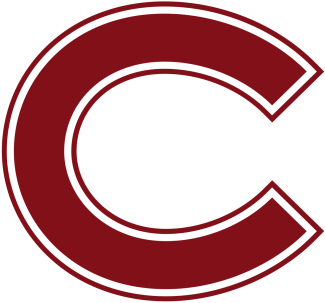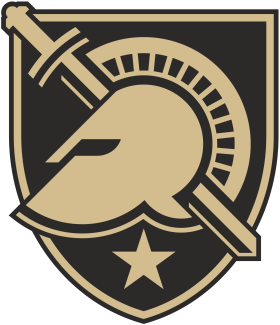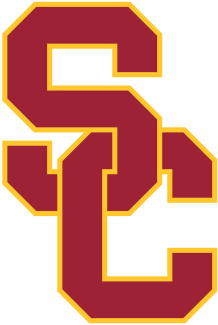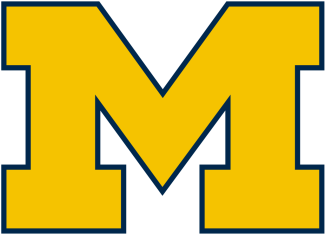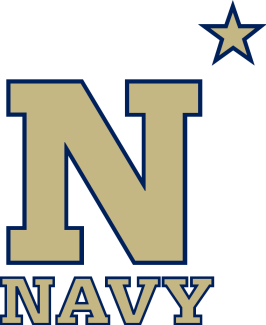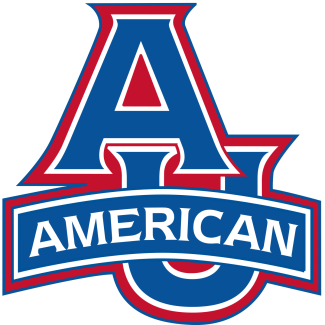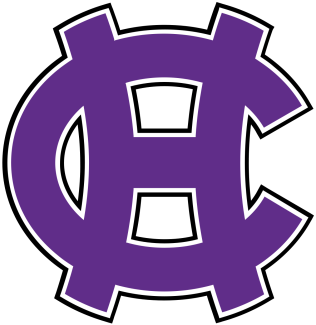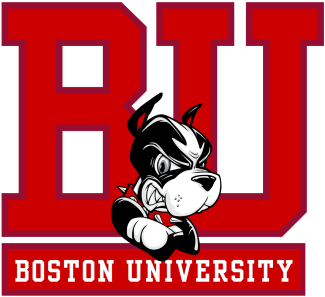Something clicked in 2010. Yale went 10-4 and finished with a share of the Ivy League regular season title. The Ivy League tournament was the Elis’ first postseason berth since 1992. The season ended with a loss to Princeton, but Shay’s team expected more.
“Sure, there was happiness, but there we weren’t satisfied,” Gibson said. “My brother [Matt Gibson] was still there. He was like, ‘This is B.S. We should be playing another week here.’ When you start to get that feeling, the next year you’re probably going to get improvement, because they’re going to work harder.”
The success continued from 2011 to 2014, where the Bulldogs went a combined 42-18 with four conference tournament appearances.
Teammates started holding one another accountable for their wellness. They created a Facebook page called “The Boneyard,” where they posted photos and summaries of their meals and workouts.
It took a full buy-in by the Bulldogs players for the ascent to continue. And it helped to have Ben Reeves, a former Hobart commit that scored 585 goals for Macedon (N.Y.), on the way.
Shay knew he had something in Reeves.
“We felt like there wasn’t anybody on the all-time scoring list in New York that wasn’t incredible in college,” Shay said. “We figured he was going to be in there. Even if we missed, we knew he was going to be a good player for us. We hit the bullseye way more than we thought possible.”
Reeves set Yale’s freshman scoring record with 43 goals en route to Ivy League title and an 11-5 record in 2015. He became a Tewaaraton finalist his sophomore year — one in which Yale finished 13-3 and won the league again. He dropped 79 points last season, and the Bulldogs won their third straight Ivy League title.
It was an unprecedented run of success of Yale, but it couldn’t get past the first round of the NCAA tournament. In 2015, it fell to Maryland 8-7, then followed it with a 13-10 loss at home to Navy in 2016. Last season, the Bulldogs blew a three-goal lead to Syracuse en route to another early exit.
Andy Shay and Yale fell in the first round of the NCAA tournament in three consecutive seasons (2015-2017).
Still, their confidence never wavered.
“I told Ben after the Syracuse game last year, ‘Hey, if we win a first-round game, it’s over. We’re winning the national championship,’” O’Connor said. “It was a bit of a mental block.”
With Reeves returning for his senior season and veterans in place all over the field — Yale had six players chosen in the Major League Lacrosse draft — expectations were high for this year’s team. The Bulldogs were a top-five team in preseason, but they were more focused on building chemistry as a unit.
The camaraderie combined with the talent allowed Yale to start 7-1. It eventually rolled through the Ivy League undefeated and took over the No. 1 ranking in the Nike/US Lacrosse Top 20. The Bulldogs were, again, reaching new heights, but Shay needed to find a way to keep his team grounded.
When Yale fell to Cornell in the Ivy League final, Shay saw an opportunity to remind his team that it wasn’t invincible. He cut up the plays that went wrong and posted them on YouTube. He called it the “Humility Fuel Station.”
“Whenever you feel like you’re getting too good, I want you to watch this,” Shay told his team.
“Whenever we thought we were some great team, that’s when things would fall apart,” O’Connor said. “It’s only after those losses, that pushed us into the greater stretch of what this team was.”
And what this team became was historic. Yale blew past UMass in the first round to shatter that glass ceiling. The next step was a tight win over Loyola in the NCAA quarterfinals, sending the Bulldogs back to the final four for the first time in 28 years.
Yale did not look back, scoring 20 goals in a win over Albany to advance to its first-ever final. The 13-11 win over Duke sealed it — the Bulldogs reached a level many believed wasn’t possible.
Shay couldn’t help but think about his first full recruiting class in 2008. It didn’t reach the heights of the 2018 team, but it helped build the foundation of what was to come.
“It breaks my heart that those guys did what these guys do and it didn’t work out for them,” he said. “You peel back the layers, and you’d see the same stuff.”
The standard was set when Shay arrived in 2003, but it took 15 years for it to come together. It was a monumental achievement for a coach that thought he might never get an opportunity.
Now he’s achieved his goal — but don’t think for a second he’s finished planning ahead, trying to build on the culture he created.
“We’re just trying to figure out how to turn the page on this and get ready for 2019,” he said. “We’re not going to do that anytime soon. We’re not that crazy.”
